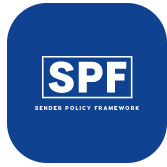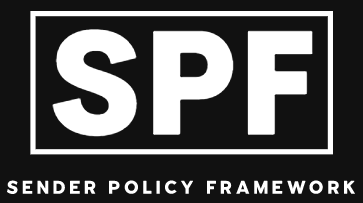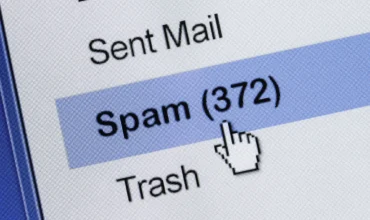Hackers use domains without SPF (Sender Policy Framework) to send spam by impersonating the domain in the “From” field of an email. This allows them to bypass email server checks and deliver the spam directly to the recipient’s inbox.
Hackers can check the SPF record configuration of a domain by using online tools that allow them to look up DNS records, including SPF records. These tools can be used to check if a domain has an SPF record, and if so, what servers or IP addresses are authorized to send email on behalf of the domain. This information can then be used to identify potential vulnerabilities that can be exploited to send spam or phishing emails.
When a recipient receives an email from a domain without an SPF record, they may be more likely to open and respond to the spam email, potentially falling victim to phishing or other malicious tactics. Phishing is a form of online fraud in which a hacker uses an email or other communication to trick the recipient into providing sensitive information such as passwords, credit card details, or other personal information. By responding to a phishing email, the recipient may inadvertently give the hacker access to sensitive information or financial resources.
To mitigate this threat, domain owners should implement an SPF record which specifies which servers are authorized to send email on their behalf. This allows email servers to verify that the sender is authorized to send email on behalf of the domain and can help prevent spam and phishing emails. Additionally, domain owners should periodically check their SPF record configuration to ensure that it is up to date and that it accurately reflects all authorized servers and IP addresses.



